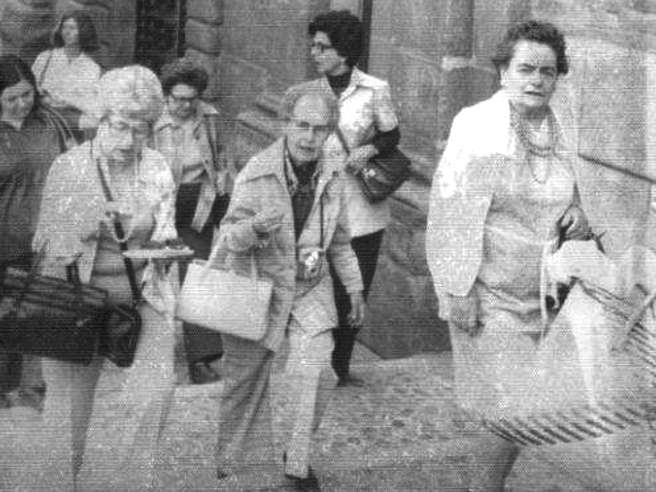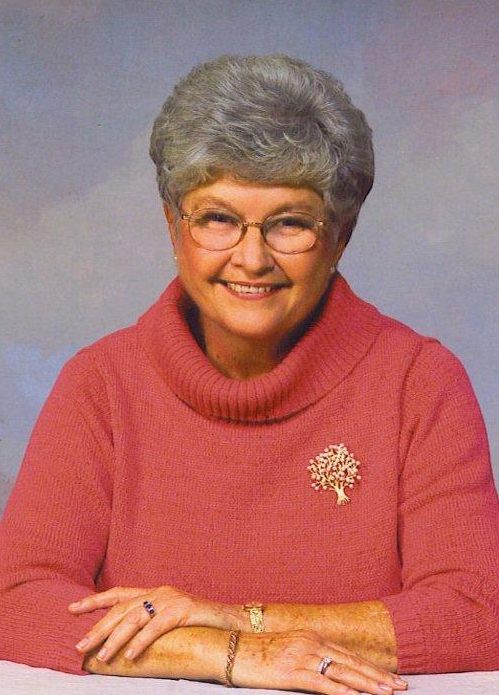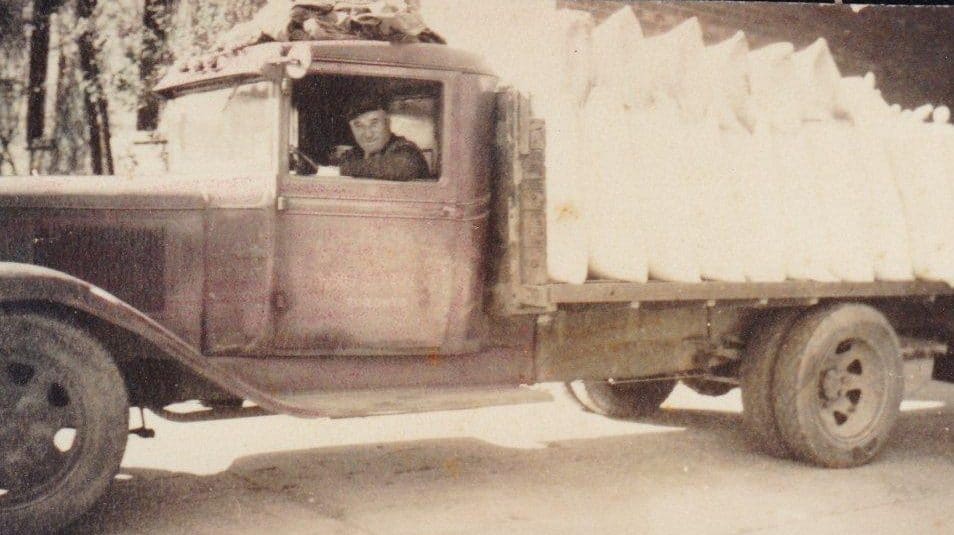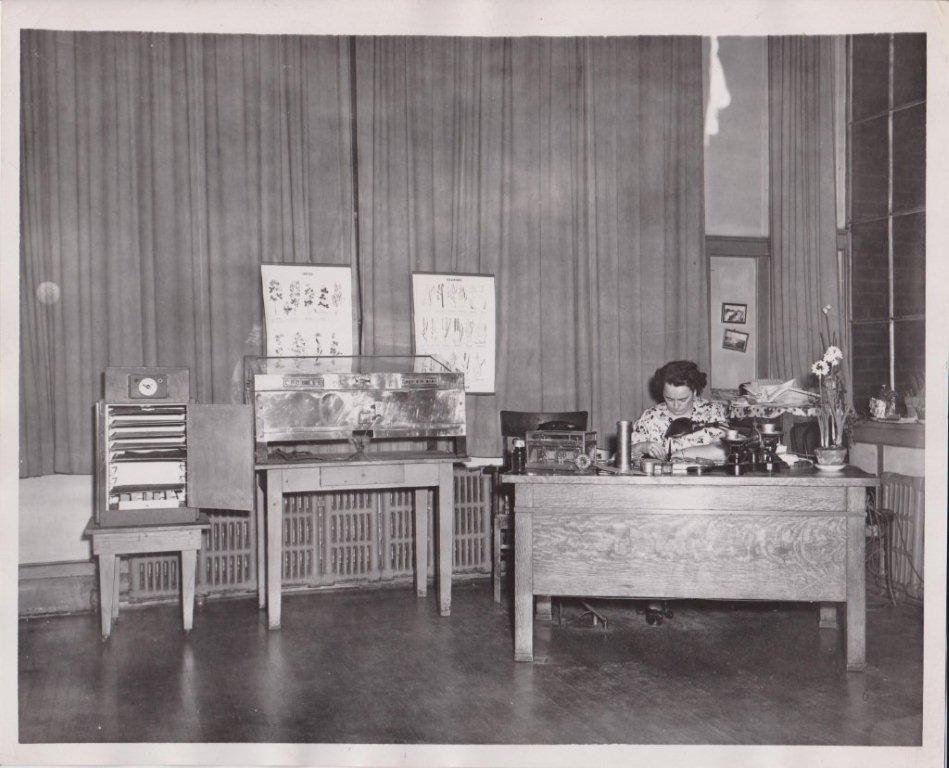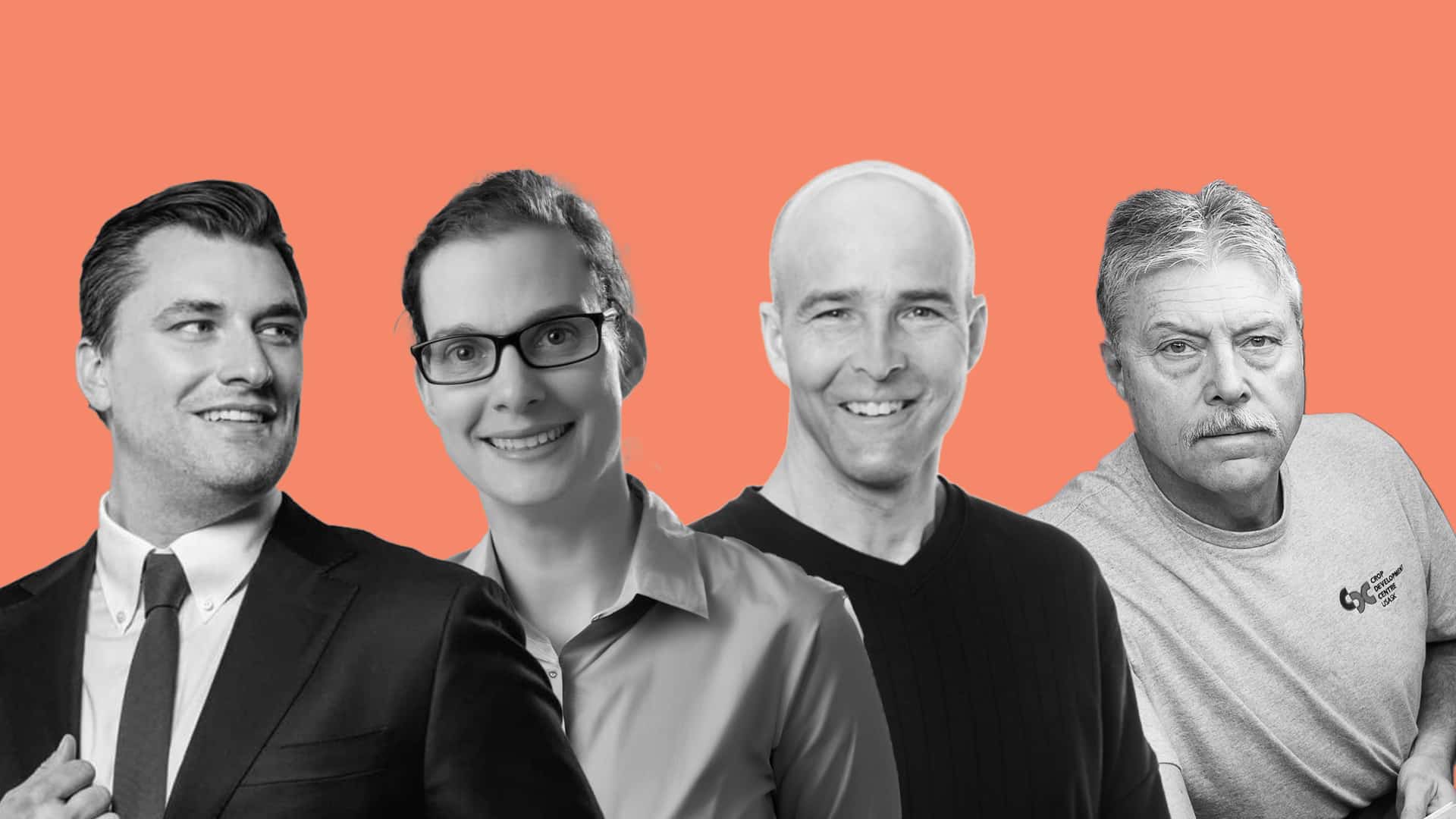NOTE: This story comes with an accompanying podcast — scroll to the bottom of the page to listen!_x000D_
The Commercial Seed Analysts Association of Canada has survived almost 75 years of change. Here’s a snapshot of its early days and challenges it faces today.
_x000D_
Looking at old photos from the early days of the Commercial Seed Analysts Association of Canada (CSAAC) is like getting into a time machine. They’re a grainy, black and white, and offer a look at a time when life was far different than it is today._x000D_
_x000D_
In one photo, a man smiles from behind the wheel of a flatbed truck, sacks of seed stacked on the back, looking like oversized pillows. That’s how seed was transported in the 1940s._x000D_
_x000D_
In another, a lone woman sits at a heavy wooden desk analyzing seed, archaic machines placed next to her, a quaint bouquet of flowers beside her. Also taken in the 1940s, the woman is Mary Lamphier, who worked for the United Co-operatives of Ontario (UCO) (acquired by Growmark in the 1990s), which was based in Toronto. The room she’s in looks more like a schoolhouse, and looks nothing like a modern seed lab. The photo was taken in the office of the UCO._x000D_
_x000D_
“It’s been quite the experience watching things change over the years. Back when I joined CSAAC, I was the youngest member, and now I guess I’m the oldest one,” says Ontario’s Gail Livingstone, 75. She’s a former president of CSAAC, which represents commercial seed analysts across the country._x000D_
_x000D_
She’s been in the industry for a half-century. She still works as a seed analyst, and owns the Etobicoke-based Livingstone Seed Laboratory, which she runs out of her home._x000D_
_x000D_
She remembers those days when CSAAC was formed. It was a much different time for seed analysts._x000D_
_x000D_
“They weren’t called accredited analysts back then — you became a senior analyst. Government didn’t oversee seed analysis back then. The whole purpose of starting the association was so the analysts could keep abreast of the changes and the testing rules, and provide support to one another if they had a sample they needed help with.”_x000D_
_x000D_
CSAAC was formed in 1944 by six seed analysts working in the private sector. The goals at the time were uniformity, education, keeping up with new technologies, and cooperating with regulators, says current executive director Krista Erickson._x000D_
_x000D_
The founding members were all women, a trend that continues today — of CSAAC’s 92 active seed analyst members, 69 are female._x000D_
_x000D_
“I knew all the founding members. They sure were quite a unique group of ladies. I don’t think they had any idea CSAAC would exist as long as it has. They did a good job,” Livingstone says. “Each of these ladies was a trailblazer in their own right.”_x000D_
_x000D_
_x000D_
Livingstone remembers founding member Ivah Clark very well. Clark served as CSAAC’s first president from 1944-1946._x000D_
_x000D_
“She was the meat and bones of the association. It was her way or the highway, and she knew what she was talking about. The minutes she kept when she became secretary were all meticulously handwritten and typed out after the meeting. Computers were nonexistent then, of course. CSAAC meant a lot to her.”_x000D_
_x000D_
Lamphier, the woman sitting at the desk in that old photo, was probably the first female seed trader in Canada, Livingstone says._x000D_
_x000D_
“She was a seed analyst, but also did some buying and selling of seed, travelling to the New Liskeard area of Ontario and eventually out West to buy timothy seed.” New Liskeard is no more, having been incorporated into the city of Temiskaming Shores when it was formed in 2004._x000D_
_x000D_
Then there was founding member Margaret Lothian, the first analyst to have her own private lab. It was called Seed Testing Services and it prospered for many years, Livingstone recalls. The other founding analysts were all employed by Toronto-based seed companies._x000D_
_x000D_
“Toronto was a big hub for seed companies at the time CSAAC was formed. There were several seed companies all located in downtown Toronto. They liked to be near the port because they needed to ship seed overseas and have access to trains. There’s no way they could survive there now because of the cost of everything,” Livingstone says._x000D_
_x000D_
“The male managers who worked for the seed companies were very good to the ladies, helping them out with the costs of forming the association. CSAAC appreciated it and they made them all honourary members.”_x000D_
_x000D_
Seed analysis can often be a family affair. Livingstone’s father was one of those honourary members. He owned a seed company in Toronto called F.R. Smith Seeds. At the time that he became an honourary member, he was manager of the UCO seed division. After working at the federal government seed lab in Toronto, Livingstone worked for her dad. Likewise, Erickson took after her mother, who was also an analyst — her mother was Marie Greeniaus, and CSAAC’s Outstanding Achievement Award is named after her. Livingstone is a recipient, and actually worked with Marie Greeniaus on the CSAAC board all those years ago._x000D_
_x000D_
“She always said I’d be a seed analyst. I said no at first, but here I am,” Erickson says with a laugh._x000D_
_x000D_
Seed analysts are a tight-knit group, according to Livingstone._x000D_
_x000D_
“It’s mainly led by women, not so much in the U.S., where it’s probably 50/50 men and women. A lot of it has to do with salary expectations. Men maybe don’t feel they make enough doing it, especially if they have a family to support,” she says._x000D_
_x000D_
It can also be tedious work, Livingstone adds._x000D_
_x000D_
“It takes a lot of patience. I sit here alone all day doing it. If you’re in a bigger lab, you have more people around you, but when you’re alone, it can get quiet.”_x000D_
_x000D_
_x000D_
That work drive has led to constructive changes within CSAAC over the years, driven both from within and outside the organization._x000D_
_x000D_
“The Canadian government is depending on us more and more to provide services to the industry as well as train our seed analysts. We added the executive director position in 1995, which has helped CSAAC immensely in continuing to achieve our goals and progress as times change,” Erickson says._x000D_
_x000D_
The first executive director was Connie Jacobs, followed by Doug Ashton, Frank Lewis, Betty Girard and Krista Greeniaus. “All of them have made significant advances in the history of our association,” Livingstone says._x000D_
_x000D_
The most dramatic change for CSAAC was when the Canadian Food Inspection Agency (CFIA) took over the accreditation of seed labs._x000D_
_x000D_
“Prior to that, our membership would set the examination criteria, and they were tough exams; they would be marked by three people. When the government stepped in, it was a whole different ball game, though,” Livingstone says._x000D_
_x000D_
Now, all CFIA-accredited seed labs are given proficiency testing samples twice a year that they must test and send back to CFIA. They must meet minimum requirements in order to maintain their lab’s accreditation._x000D_
_x000D_
“If you mess up on them, you can lose your accreditation. There’s a lot at stake now. It’s very rigid, which is probably a good thing, but it can be hard to wrap your head around if you remember the days when things were different.”_x000D_
_x000D_
As far as the association itself goes, its structure has changed over the years as new challenges have presented themselves._x000D_
_x000D_
“We have all kinds of standing committees now, one for research, one for membership, an ethics committee, et cetera. Over the years, whenever something ugly reared its head, we would think, ‘We should have a committee for that,’ and one would be formed. They’re needed so we can keep up with all the changes and the seed regulations themselves,” Livingstone says._x000D_
_x000D_
_x000D_
Analysts are required to continue their education and ensure they have the latest knowledge needed to do their jobs. That differs from CFIA-accredited seed graders, Erickson notes, who aren’t subject to the same requirements — something she refers to as a “two-tiered” system of seed testing._x000D_
_x000D_
“Seed analysts go through extensive training in order to become accredited analysts with CFIA, and then adhere to continuing training and lab proficiency testing twice a year. Graders write the grader exam, and they can go ahead and conduct purity testing on crops from Grade Tables 1-6. They require no continuing education and are not required to be able to identify every weed listed in the Weed Seeds Order,” Erickson says._x000D_
_x000D_
“That’s a big concern we have. We feel they should be required to have continuing education training the same as seed analysts.”_x000D_
_x000D_
Livingstone agrees, but after a half-century as a seed analyst, she won’t be affected by it for much longer — she’s about to exit the industry, planning to retire this year._x000D_
_x000D_
“Change will continue. CSAAC has always been faced with change, but I can’t see anything major in the future that’s going to be a big problem for them to adjust to. They’ve always been good at that.”_x000D_
_x000D_
—The Past, Present, Future series examines each of our sector’s six representative groups over the next several months to offer insight into why they were founded, what they do, and the role they expect to play in the future. If you missed Part 1, get it here.


